The Balkan Pine, also known as the Macedonian Pine, is a striking evergreen tree scientifically referred to as Pinus peuce. Belonging to the Pinaceae family, this hardy species thrives across the mountainous regions of the Balkan Peninsula, including North Macedonia, Bulgaria, Albania, Montenegro, Kosovo, southwestern Serbia, and northern Greece.
As a woody perennial, the Balkan Pine is well-suited to temperate climates, thriving in USDA hardiness zones 4 through 7. This sun-loving tree flourishes in full sunlight, making it an excellent choice for open spaces where it can grow to its full potential.
With its natural adaptability to rugged terrains and cool climates, the Balkan Pine is a resilient addition to any landscape, offering year-round greenery and a glimpse of its rich heritage rooted in the mountainous regions of southeastern Europe.
| Common name | Balkan Pine, Macedonian Pine |
| Botanical name | Pinus peuce |
| Family | Pinaceae |
| Species | peuce |
| Origin | Balkan peninsula |
| Life cycle | Woody |
| Plant type | Tree |
| Hardiness zone | 4, 5, 6, 7 |
| Sunlight | Full Sun |
| Drainage | Well-Drained |
| Growth rate | Slow |
| Spacing | 24 – 60 ft. |
| Height | 3- 60 ft. |
| Width | 3- 60 ft. |
| Flower color | Brown, Copper |
| Leaf color | Blue |
| Fruit benefit | Edible |
| Garden style | Nighttime Garden |
| Uses | Meadow |
I. Appearance and Characteristics
Pinus peuce (Macedonian pine or Balkan pine) (Serbo-Croatian and Macedonian: молика, molika; Bulgarian: бяла мура, byala mura) is a species of pine native to the mountains of North Macedonia, Bulgaria, Albania, Montenegro, Kosovo, the extreme southwest of Serbia, and the extreme north of Greece, growing typically at (600-) 1,000-2,200 (-2,300) m altitude.
It often reaches the alpine tree line in this area. The mature size is up to 35–40 m height, and 1.5 m trunk diameter. However, the height of the tree diminishes strongly near the upper tree line and may even obtain shrub sizes.

It is a member of the white pine group, Pinus subgenus Strobus, and like all members of that group, the leaves (‘needles’) are in fascicles (bundles) of five, with a deciduous sheath. They are 6–11 cm long.
Its pine cones are mostly 8–16 cm long, occasionally up to 20 cm long, green at first, becoming yellow-brown when mature, with broad, flat to downcurved scales. The 6–7 mm long seeds have a 2 cm wing and can be wind-dispersed, but are also very often dispersed by spotted nutcrackers.
II. How to Grow and Care
Sunlight
The balkan pine can grow in both full sun and partial shade. When placed in a well-ventilated location with sufficient sunlight, the needles will be green and strong. In a hot location with insufficient sunlight, the needles will be weak and will easily turn yellow. Ideally, the plant needs around 5-6 hours of sunlight a day, with good ventilation.
Temperature
The balkan pine is mostly native to the northern hemisphere and can withstand many challenging environmental conditions. Tolerant of temperatures ranging between -60 to 50 ℃, making it suitable for hardiness zones 11 and below, this is a plant that grows best in well-drained, deep and moist soil.
Watering

Originating from high altitude regions, balkan pine is adapted to environments with moderate moisture availability. This species thrives in conditions where the soil remains slightly moist but well-drained, reflecting its balance between water retention and drought tolerance.
Watering should be adjusted to once every 1-2 weeks, aligning with its natural watering cycle. As an evergreen plant, balkan pine maintains hydration throughout the year and is commonly grown outdoors due to its resilience against varying temperature and moisture levels.
Soil
Balkan pine can grow in a variety of different soil types, including bare mineral soil, sandy soil, volcanic ash, calcareous soil, limestone soil, and everything from dusty soil to red soil. Since it is resistant to drought, it will even grow in barren landscapes. However, it grows best in loose, fertile, well-drained, and slightly acidic soil. In the case of too much alkalinity, needles of potted plants will turn yellow and fall, so it is best to use natural mountain soil in pots and containers.
Fertilizing
For optimal growth, balkan pine benefits from balanced nutrition fertilizers, with nitrogen, phosphorus, and potassium in equal ratios, applied every 2-3 months during growing season. This supports robust root development and needle vitality. Adjust quantity following product guidelines and balkan pine’s size. In dormant winter months, cease fertilization to prevent harm.
Always water balkan pine post-fertilization to disperse nutrients and avoid root burn. Seek fertilizers with slow-release features to maintain consistent nutrient supply. As balkan pine matures, reduce frequency, catering to its lower nutritional demands.
Planting Instructions
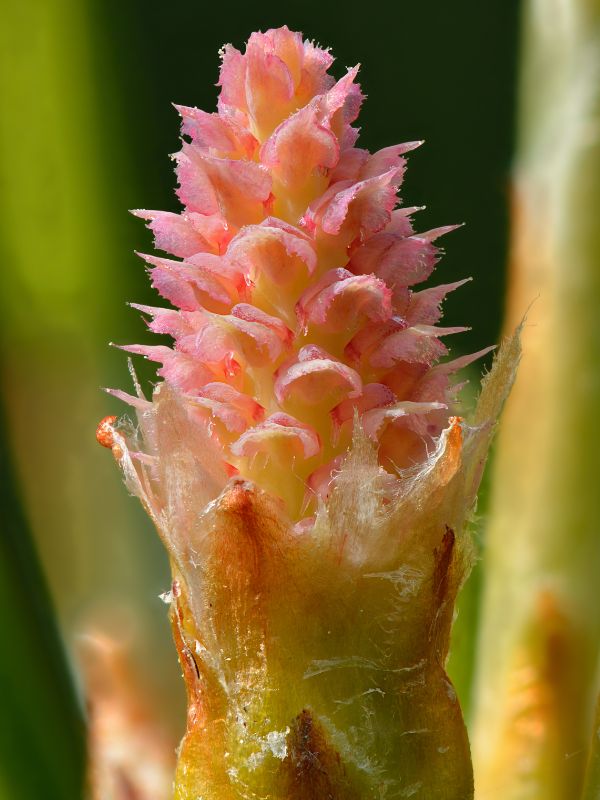
Balkan pine is best planted in early spring. Ideally, use healthy and vigorous seedlings with soil balls, as this can greatly improve the survival rate. In the case of many lateral roots, the deep main root can be cut. Otherwise, the root system should be protected to avoid damage.
Plant in a high, dry, well-drained, and well-ventilated place, with loose soil. In low-lying places with accumulated water, or places with sticky soil, try building a platform or changing the soil before planting. The planting pit should be treated with a basal fertilizer before planting. Newly planted large seedlings should be supported to prevent them being blown down by the wind. Before planting, excess branches should be pruned off. Protect the plant’s shape from damage as much as possible, as this will help to restore growth at a later stage.
Ideally, plant indoor potted plants in the spring, and repot every two or three years in the late fall or early spring. Repotting too frequently will lead to the death of the plant. If the plant is growing weakly, find out the cause of this and change the flowerpot soil, or replant in a larger pot.
Cut back on water before repotting, so as to keep the soil slightly dry. Remove the soil ball from the pot, keeping it whole, and then prune away any old roots from the bottom and sides. Remove some of the old soil from the middle of the soil ball, replace with new soil, apply a small amount of basal fertilizer, and then cover the plant with new soil. Ensure a suitable pot size – a deep pot will easily accumulate water, leading to root rot.
Manures and mulches

Mulching with ordinary well-rotted barnyard manure in late autumn affords much stimulus to growth. By the following spring the manure will be in a desiccated condition and can be incorporated with the soil. A heavy mulch of old straw, rotten hay, or any similar material over the roots, and this was maintained throughout the entire growing season is beneficial to the plants in a more or less juvenile condition.
In many cases manure is not obtainable. In such an event, newly moved plants should be heavily mulched with rotten straw, rotten hay, or any similar rubbish for a few years until they become established. The frequent stirring of the ground over the roots subsequently will conserve sufficient moisture.
An area extending from the stem to one to two feet beyond the branches, stirred up with hoe and rake perhaps five or six times throughout the growing season, is very beneficial in conserving the moisture around the roots.
Pruning
Removal of the lower branches of Balkan Pine is a serious mistake, and, if healthy, they should be retained to the base. Pruning or disbudding can be intelligently performed to add much to the natural symmetry. The extraction or removal, early in spring, of the central or terminal bud, will tend to compel the branches which start from the side buds to spread apart and form a much denser growth.
Cutting back the previous year’s terminal growth to a strong bud or branchlet on the main limbs over the tree, if the plant is inclined to be thin in its branching, always produces a much denser lateral growth.
Propagation

Balkan pine is mainly propagated by seeds or branch cuttage. For family planting or potting, cultivated seedlings or pruned potted plants can be purchased from the market. Pay attention to pests, diseases, and appearance when selecting seedlings.
Transplanting
Transplanting can be done at all times of the year, excepting midsummer when they are in full growth. The best success is secured in spring when the buds begin to swell. From the end of August to the middle of September, if there have been abundant rains and the ground has been well soaked, is a very good time to move the plants.
They may be planted late in autumn when circumstances compel it, but there is likely to be a considerable percentage of loss. Their roots are very susceptible to injury from exposure to the air, and the utmost vigilance should be exercised to keep them covered and moist.
III. Uses and Benefits
Macedonian pine is one of the most valuable conifer species in the Balkan Peninsula. Its durable wood is highly valued in construction, furniture production, wood-carving and cooperage.
The tree is also exceptionally good at adapting to severe mountain climate conditions, which makes it a valuable species for afforestation on high terrain for protection against erosion. The local population use P. peuce resin to cure wounds, pectoral, skin and stomach diseases, varicose veins and other illnesses.

Macedonian pine is also a popular ornamental tree in parks and large gardens, giving reliable steady though not fast growth on a wide range of sites. It is very tolerant of severe winter cold, hardy down to at least -45 °C, and also of wind exposure. It is locally naturalised in Punkaharju in eastern Finland.
Like other European and Asian white pines, Macedonian pine is very resistant to white pine blister rust (Cronartium ribicola). This fungal disease was accidentally introduced from Europe into North America, where it has caused severe mortality in the American native white pines (e.g. western white pine, sugar pine, whitebark pine) in many areas.
Macedonian pine is of great value for research into hybridisation and genetic modification to develop rust resistance in these species; hybrids with eastern white pine inherit some resistance.
Find Where to Buy the Best Macedonian Pine (Pinus peuce)

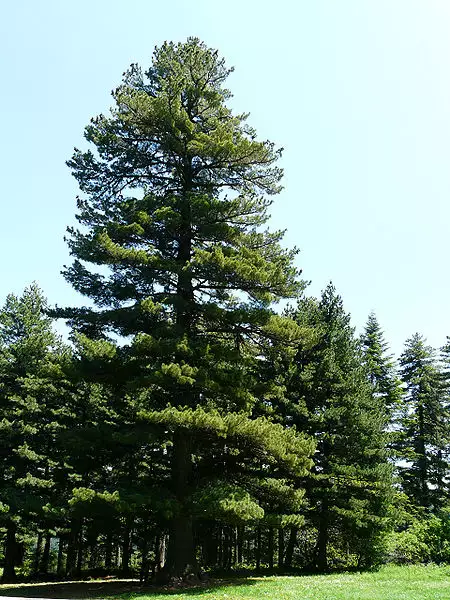






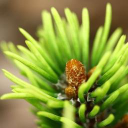
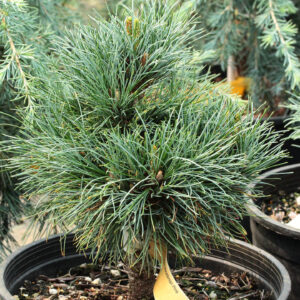
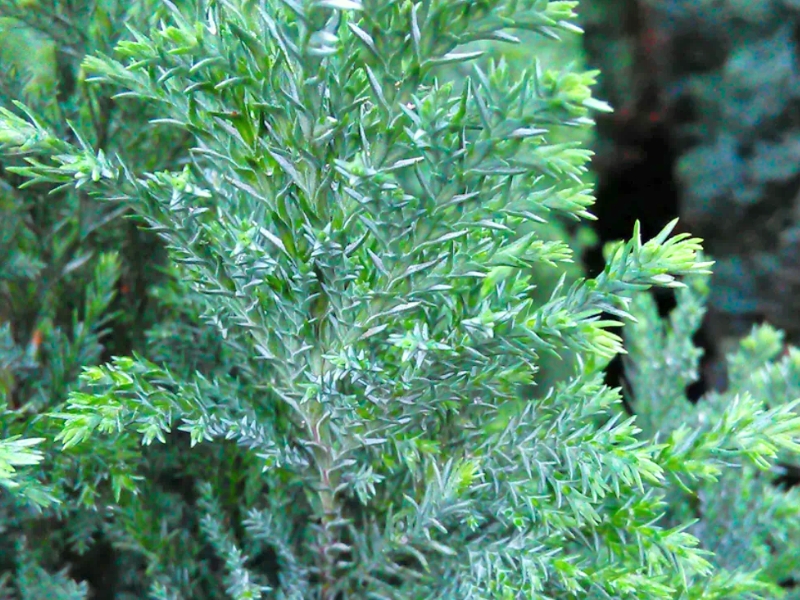

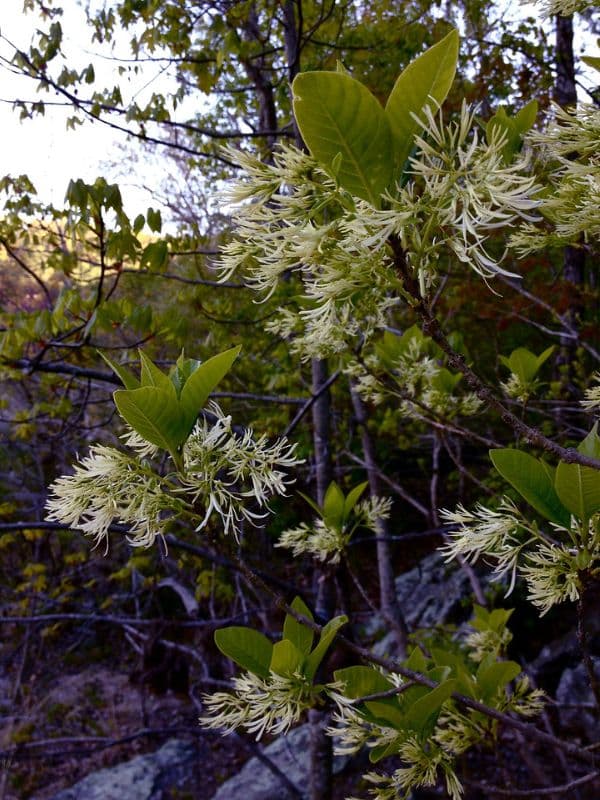
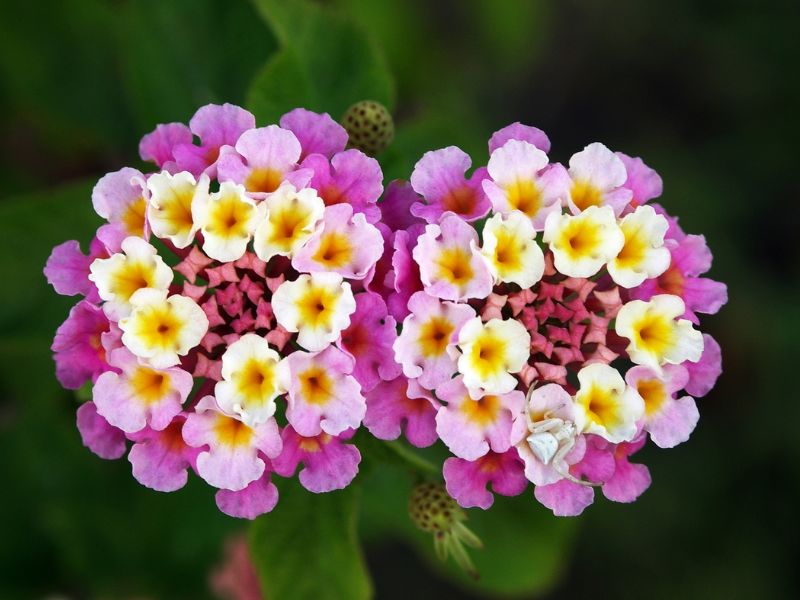
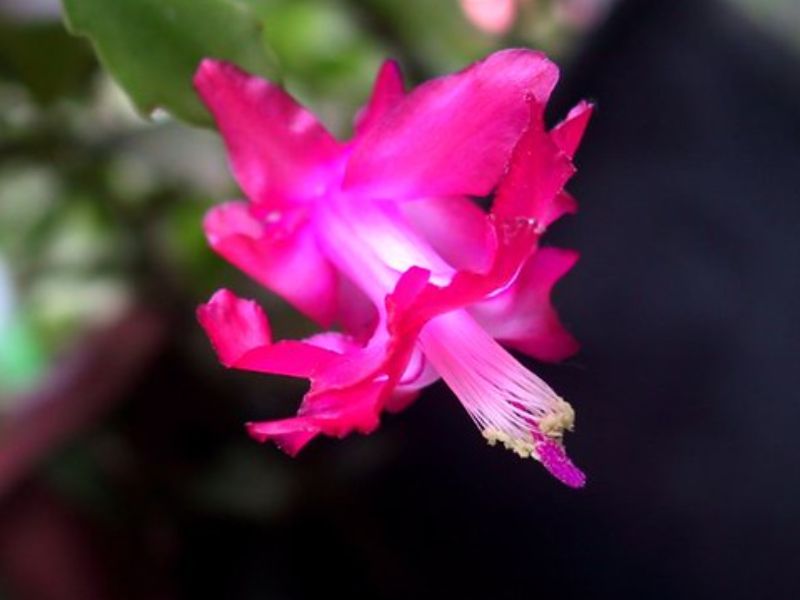
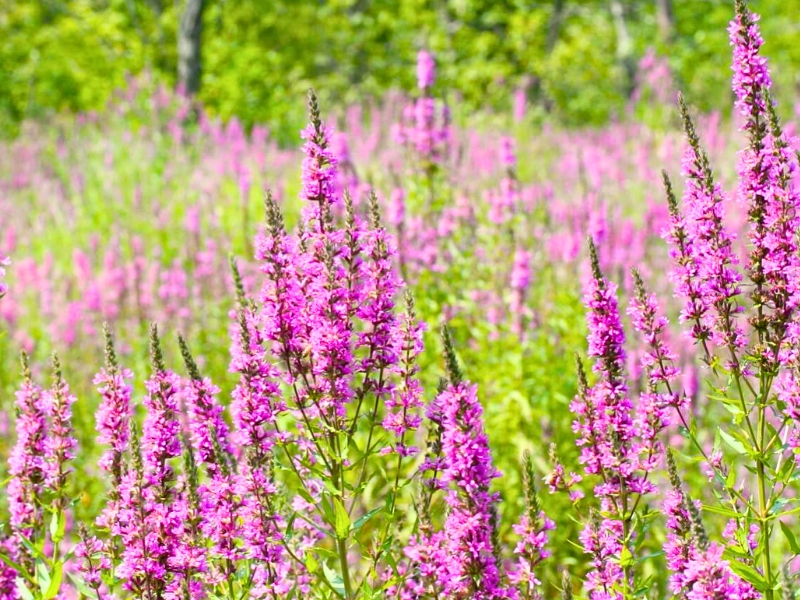
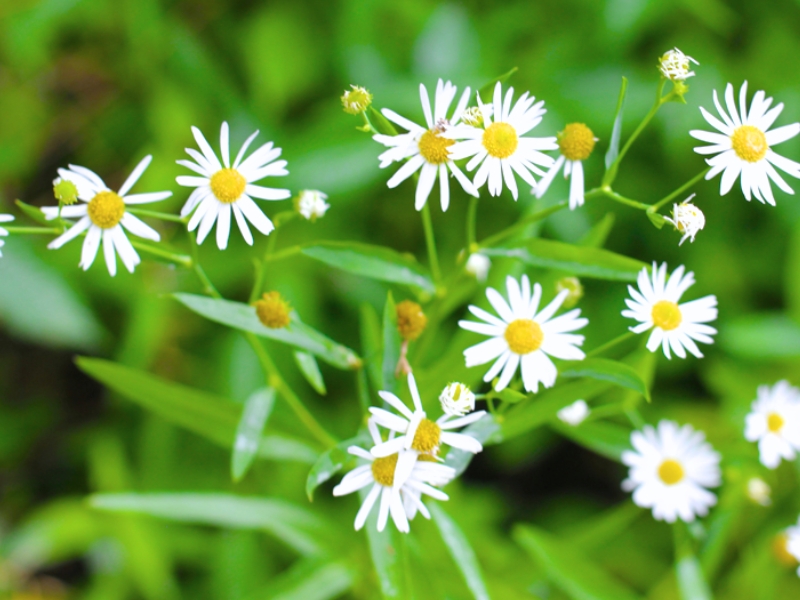
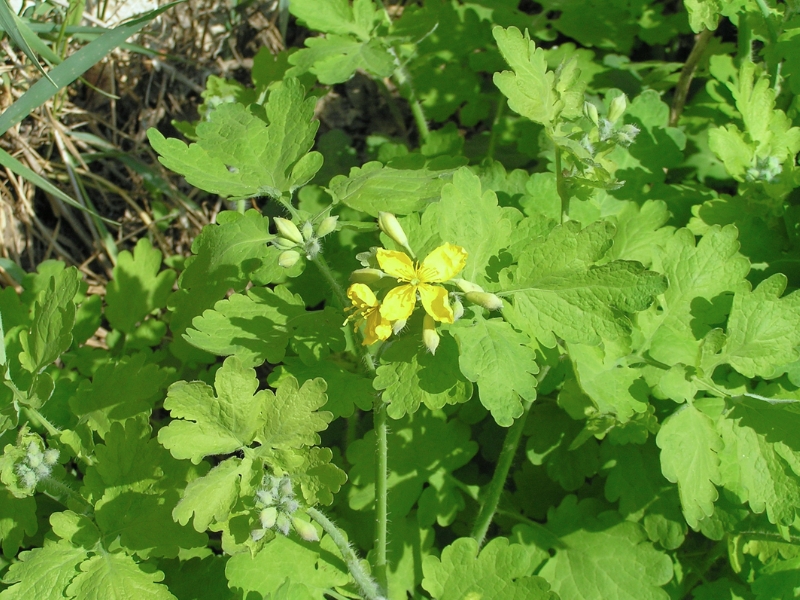
Leave a Reply